Here's the intended image?
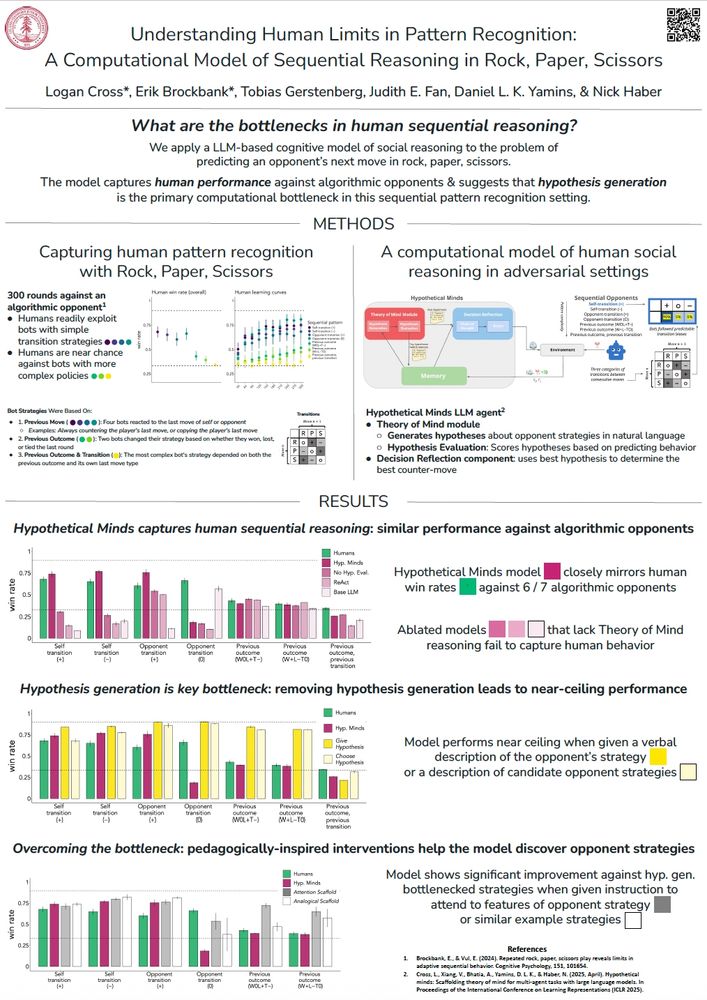
Here's the intended image?
Read the full paper here: tinyurl.com/mr356hyv
Code & Data: tinyurl.com/3napnpsm
Come check out our poster at CCN on Wednesday!

Read the full paper here: tinyurl.com/mr356hyv
Code & Data: tinyurl.com/3napnpsm
Come check out our poster at CCN on Wednesday!
These results also make a prediction: the same kind of verbal scaffolding might help humans overcome cognitive bottlenecks in the same task.

These results also make a prediction: the same kind of verbal scaffolding might help humans overcome cognitive bottlenecks in the same task.
By giving the model verbal scaffolding that directed its attention to relevant features (e.g., "pay attention to how the opponent's move changes after a win vs. a loss"), it discovered complex patterns it had previously missed.

By giving the model verbal scaffolding that directed its attention to relevant features (e.g., "pay attention to how the opponent's move changes after a win vs. a loss"), it discovered complex patterns it had previously missed.
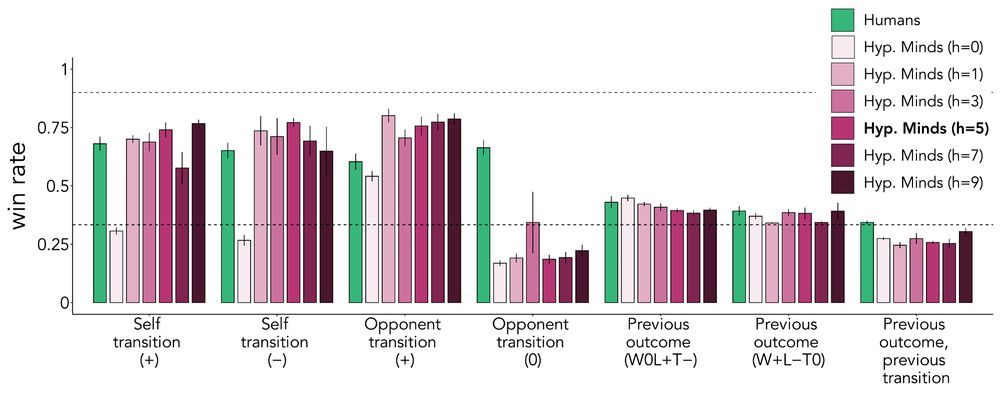
When we gave HM an explicit description of the opponent's strategy, its performance soared to >80% win rates against almost all bots. When we gave it a list of possible strategies, HM was able to accurately evaluate which one fit the data best.
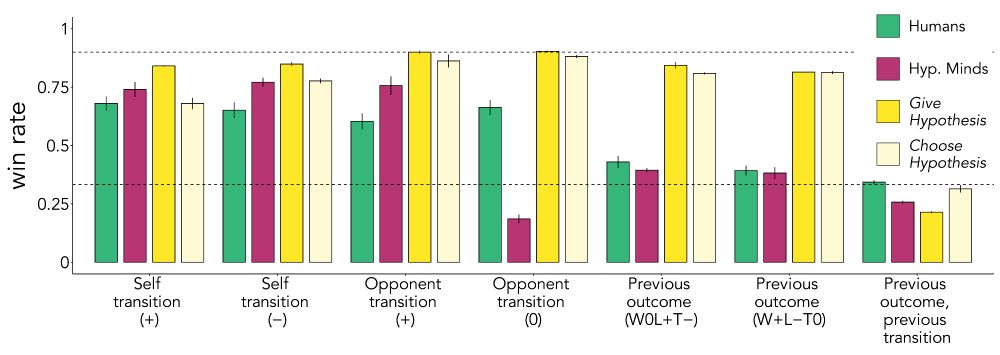
When we gave HM an explicit description of the opponent's strategy, its performance soared to >80% win rates against almost all bots. When we gave it a list of possible strategies, HM was able to accurately evaluate which one fit the data best.
* Coming up with the right idea? (Hypothesis Generation)
* Figuring out if an idea is correct? (Hypothesis Evaluation)
* Knowing what move to make with the right idea? (Strategy Implementation)

* Coming up with the right idea? (Hypothesis Generation)
* Figuring out if an idea is correct? (Hypothesis Evaluation)
* Knowing what move to make with the right idea? (Strategy Implementation)
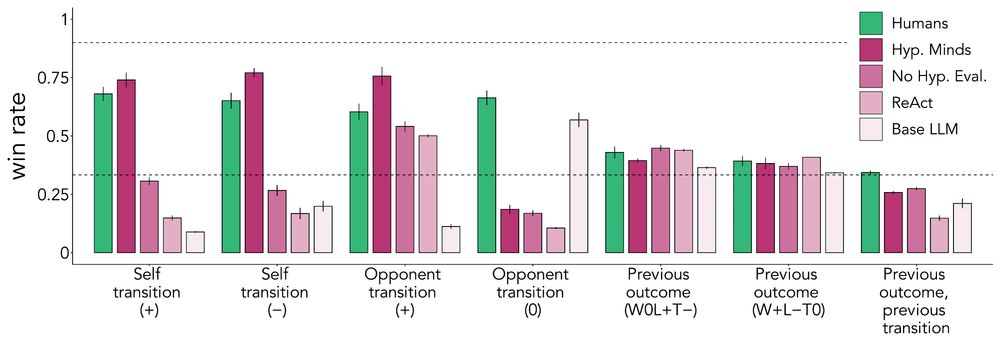
HM tries to outwit its opponent by generating and testing natural language hypotheses about their strategy (e.g., "the opponent copies my last move")

HM tries to outwit its opponent by generating and testing natural language hypotheses about their strategy (e.g., "the opponent copies my last move")

We look for patterns. But what are the limits of this ability?
In our new paper at CCN 2025 (@cogcompneuro.bsky.social), we explore the computational constraints of human pattern recognition using the classic game of Rock, Paper, Scissors 🗿📄✂️

We look for patterns. But what are the limits of this ability?
In our new paper at CCN 2025 (@cogcompneuro.bsky.social), we explore the computational constraints of human pattern recognition using the classic game of Rock, Paper, Scissors 🗿📄✂️
Come check out our poster at CogSci (poster session 1 on Thursday), or check out our video summary for virtual attendees, to get the full story :)

Come check out our poster at CogSci (poster session 1 on Thursday), or check out our video summary for virtual attendees, to get the full story :)
GPT does well, even when we correct for guessing the most typical responses.
This means in some cases, people’s answers to the questions contain information about what they are like.
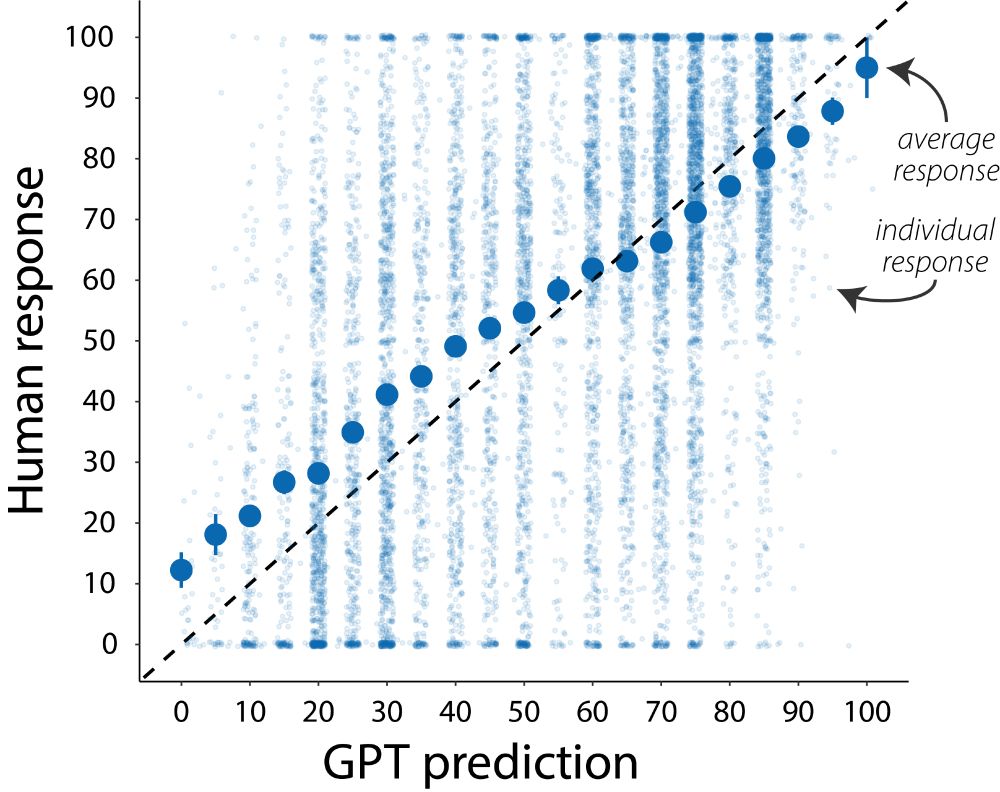
GPT does well, even when we correct for guessing the most typical responses.
This means in some cases, people’s answers to the questions contain information about what they are like.
Do people learn the same thing about others from their answers to “deep” questions?
In our second study, online participants wrote answers to some of these questions and also completed a personality survey.

Do people learn the same thing about others from their answers to “deep” questions?
In our second study, online participants wrote answers to some of these questions and also completed a personality survey.
If we combine the ratings for each question, we get a pretty good measure of its “interpersonal depth”, with “small talk” Qs at the low end and more “personal” Qs at the high end.
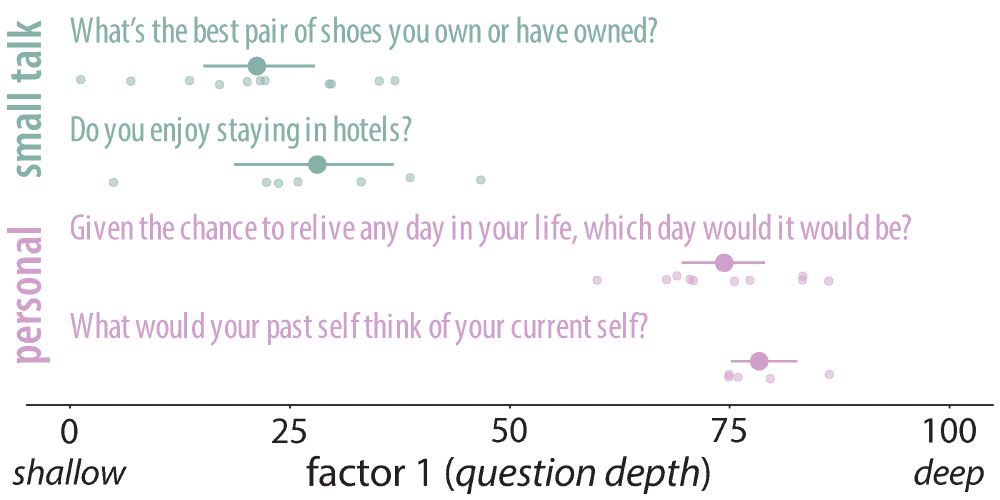
If we combine the ratings for each question, we get a pretty good measure of its “interpersonal depth”, with “small talk” Qs at the low end and more “personal” Qs at the high end.
We asked online participants to rate the Qs on different scales related to whether they would help them get to know a stranger.
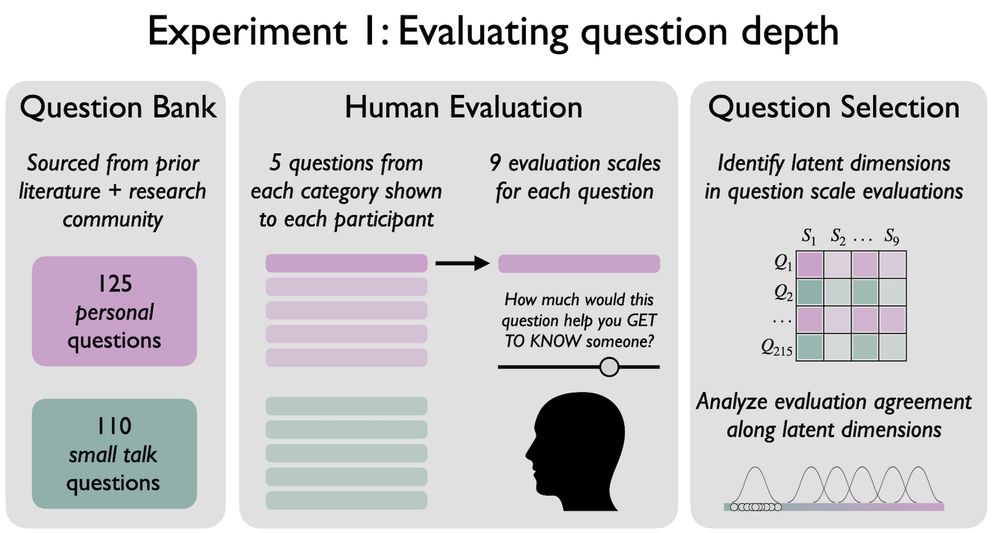
We asked online participants to rate the Qs on different scales related to whether they would help them get to know a stranger.
We made a bank of questions and in two studies:
1) people evaluated the questions for whether they would help get to know somebody
2) we measured what people’s answers reveal about their personality
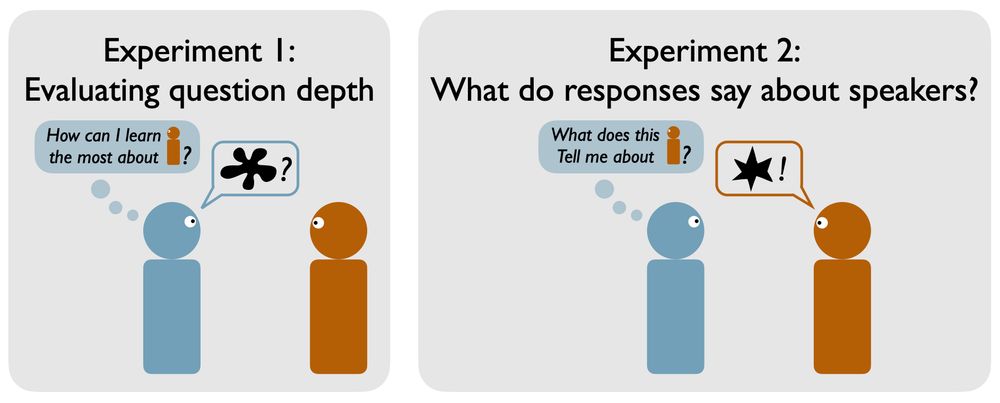
We made a bank of questions and in two studies:
1) people evaluated the questions for whether they would help get to know somebody
2) we measured what people’s answers reveal about their personality
Excited to share new results investigating these and other “deep questions” with @tobigerstenberg.bsky.social @judithfan.bsky.social & @rdhawkins.bsky.social
Preprint: tinyurl.com/bdfx5smk
Code: tinyurl.com/3v6pws4s

Excited to share new results investigating these and other “deep questions” with @tobigerstenberg.bsky.social @judithfan.bsky.social & @rdhawkins.bsky.social
Preprint: tinyurl.com/bdfx5smk
Code: tinyurl.com/3v6pws4s

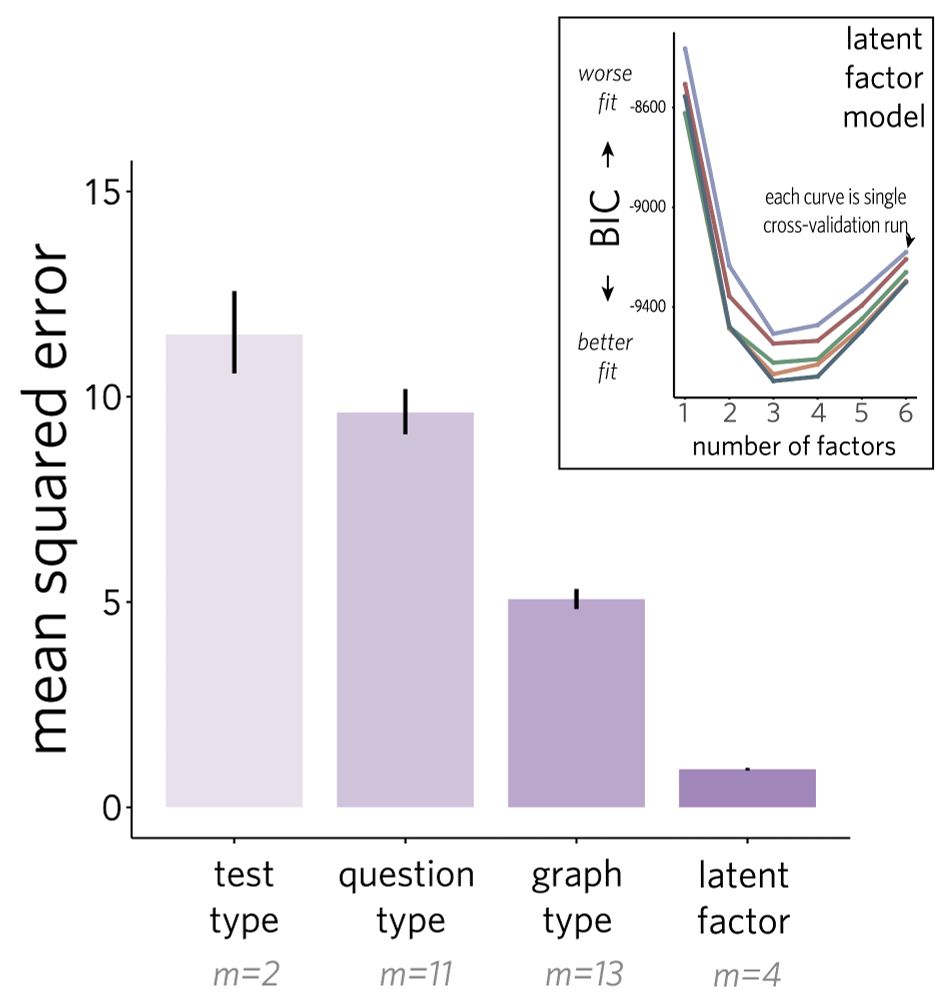
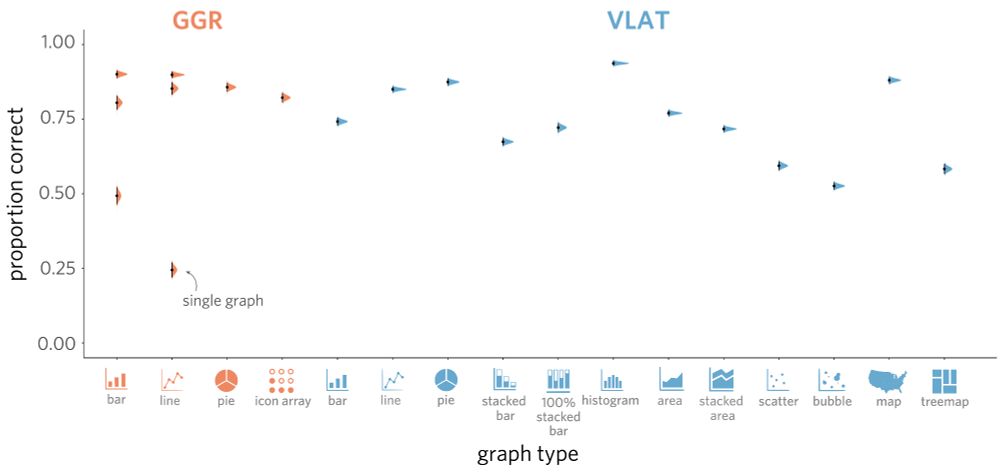
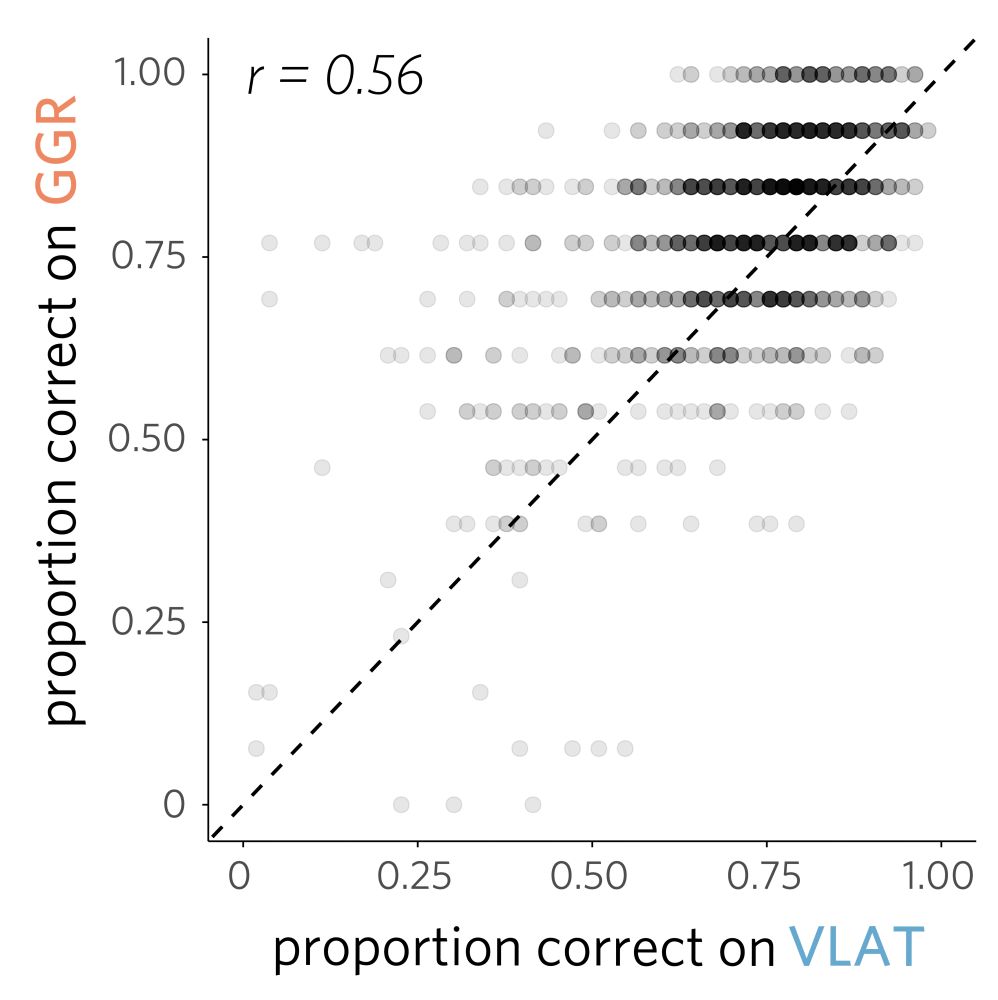

After all, plots exist to help us make sense of the vast, complicated world we live in. That's why you see them everywhere!
But to know if people understand them we need solid viz literacy measures.
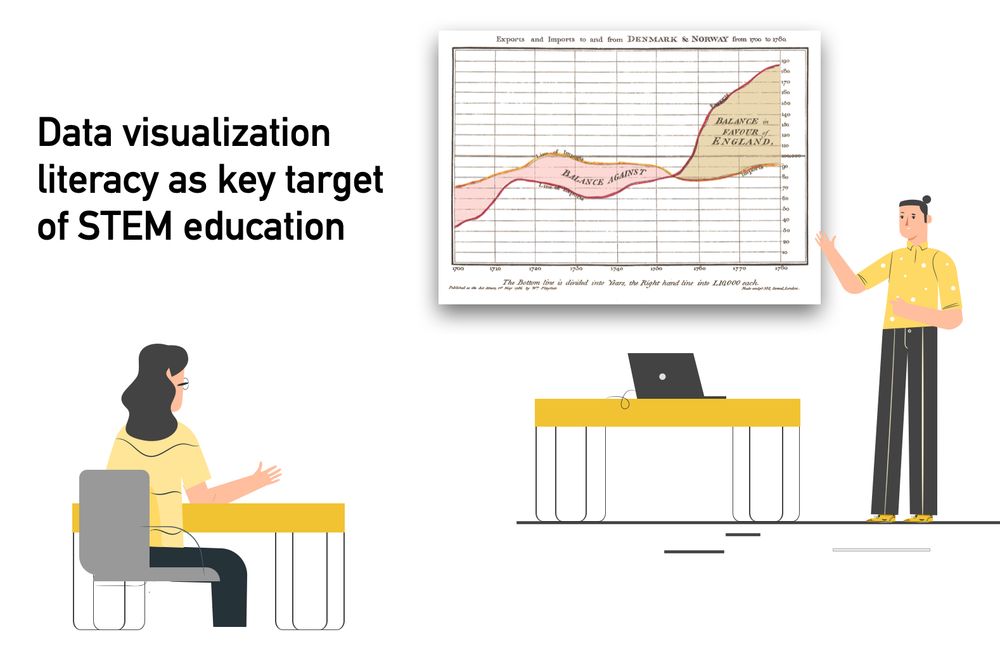
After all, plots exist to help us make sense of the vast, complicated world we live in. That's why you see them everywhere!
But to know if people understand them we need solid viz literacy measures.
What we found: Sort of?! But not as advertised.
Why that matters: Data (viz) literacy is super important in the 21st century and we need reliable measures!

What we found: Sort of?! But not as advertised.
Why that matters: Data (viz) literacy is super important in the 21st century and we need reliable measures!

